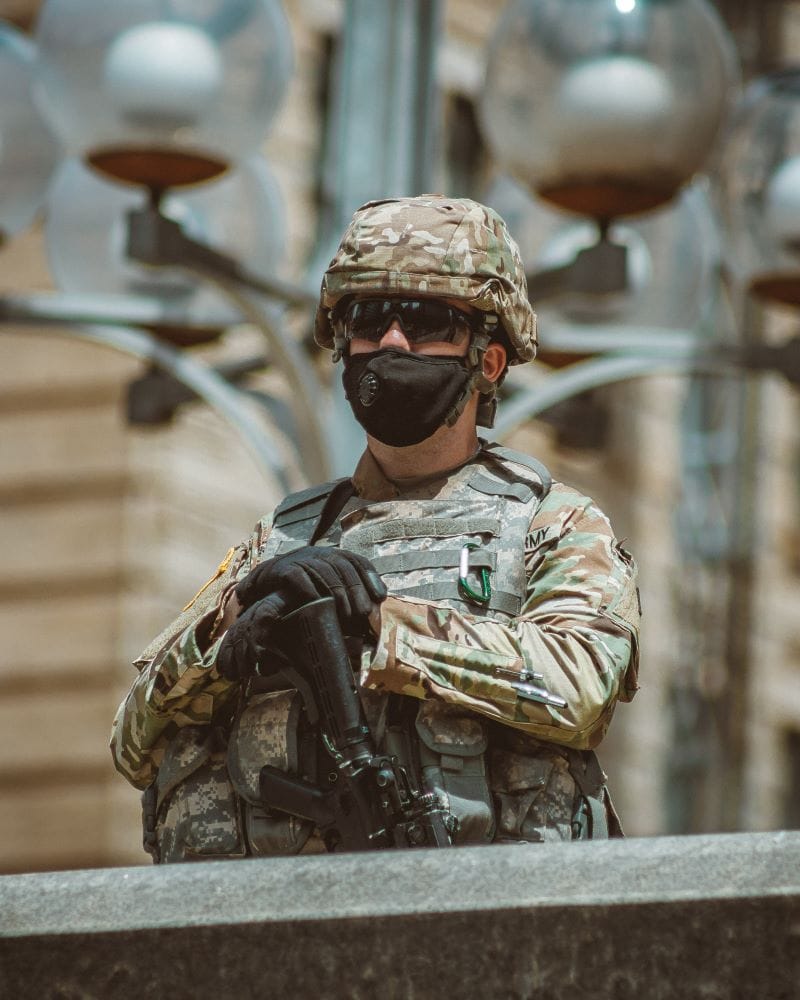
How do Tasers work?
Tasers as considered as one of the less-lethal weapons or tactical gears used by military and law enforcement today. Other non-lethal weapons such as pepper spray and rubber bullets have become commonplace with law enforcement officers around the world.
For those who might not know, a taser is an electro-shock weapon. Named after its manufacturer, this tactical gear uses a combination of gas propellant, electricity, and simple science to immobilize a suspect. A taser is made of two primary components. This main assembly holds the trigger mechanism, grip, laser sights, and battery. On the other hand, we have the cartridge which contains barbed electrical wires and gas propellant.
The main assembly is the re-usable part of the taser, needing only replacement batteries. The battery itself is quite small and fits inside the grip. Despite its small size, it generates 50,000 volts every five seconds when the Taser is fired. Considering a standard Australian power socket delivers 240 volts, you might think a Taser would kill the person on the receiving end.
But because the voltage is delivered as a quick blast at low current, and only on the skin and muscles, it drastically lowers the chance of death or serious injury. Hence, a taser cannot kill a person.
As the firing pin in a gun ignites gunpowder to propel a bullet, the pin in a Taser strikes a gas canister, releasing a powerful jet of compressed gas. But unlike a gun, the gases do not shoot out the front of the Taser. Instead, the barrel forks and the pressurized gas travels down two separate channels. A cylinder with a small barb attached at one end and a wire on the other, which is called a probe, is nestled against a protective door at the end of each channel.
Follow along with our blog here.